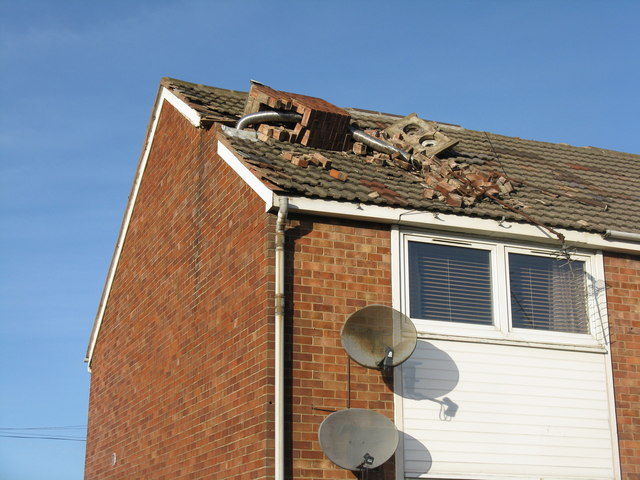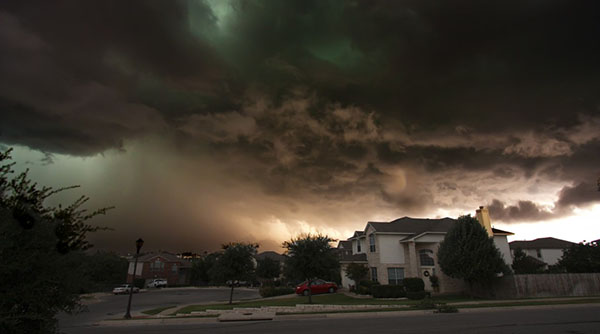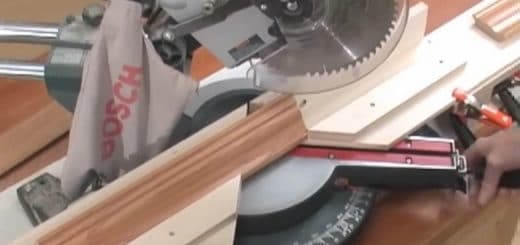Mold and Mildew Removal Tips
In most cases, water is the primary reason for mildew and mold formation, but in others finding the source can be a real challenge. The following tips aim to give you some insight into where you can find it and eliminate it. We begin with the first one:
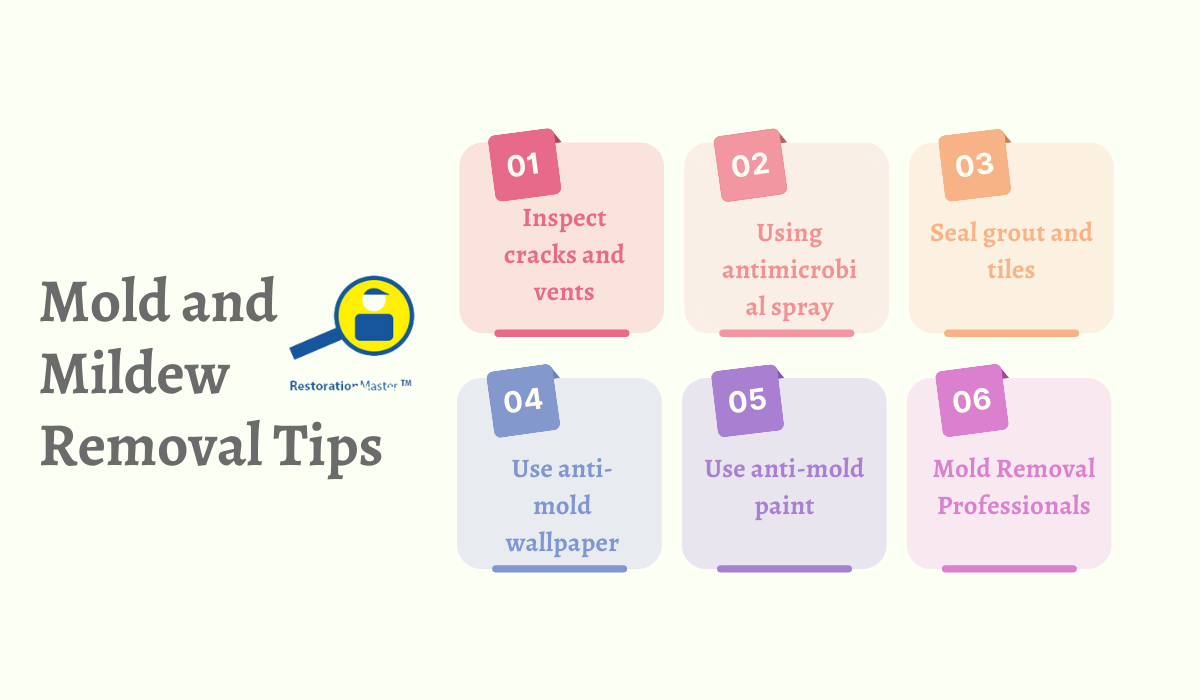
Mold causes
There are many causes of mold on the walls of the house. To be able to proceed with the treatment of moldy walls as quickly as possible. Then we must understand what are the causes that cause the wall to be moldy.
- The wall of the house is located in a humid climate all year round.
- Leaking plumbing in the house
- The process of carrying out the construction, and building the house was careless, mixing the mortar with the wrong ratio.
- Using poor quality building materials.
- The old house has been used for many years, so the waterproofing ability has deteriorated.
- No waterproof paint for the house.
- Technical boxes and water pipes are cracked and leaking.
Testing of spots
Although you are likely to recognize any spots of mold on your walls and ceiling, sometimes hidden growths may look more like dirt than anything else. If you want to do a test on whether the spot you’re looking at is actual molds, you can use a mixture of bleach and water in a 1:16 ratio with a swab. Put it on the spot, then see whether it lightens or not. If it does or it comes back when you’re done, it is highly likely you’re dealing with mold. Stores sell mold test kits at affordable prices, which allow you to identify the type of mold for a more accurate way of dealing with it.
Inspect cracks and vents
If you have any mold growing on exterior walls, ceilings, and more, you should check for possible leaks on the walls and the roof. You will likely have to measure the area covered in mold from its place to a point where you can keep track of it, like a door for example. You should inspect all window wells, vents, and any other location where you see wood rotting. Check out for any downspouts as well if they are present. It is possible for water to seep into the house if the moisture around it is too much.
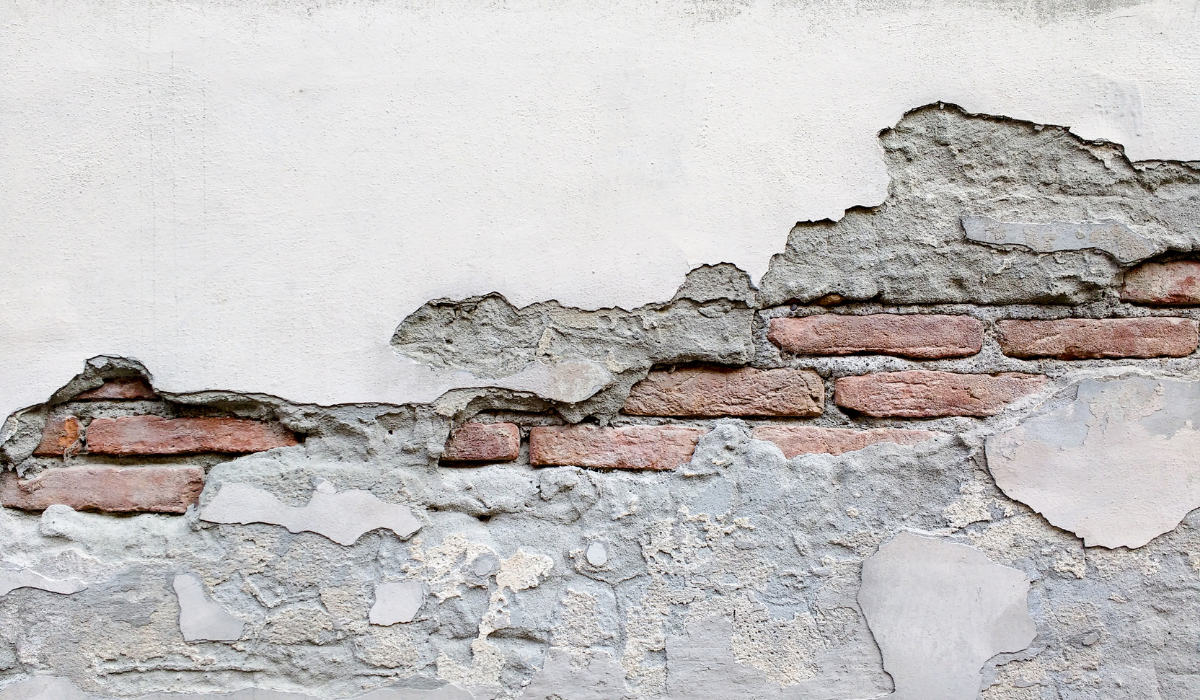
Dealing with condensation
One of the most often seen causes of mold is condensation, thus you will need to eliminate the cause. This may often include opening a wall or removing the infested paint if the spores have dug in deep.
In many cases, condensation may imitate leaks, as it helps form mold in the ceiling. While there will be little to no signs of damage on the roof outside, it may be possible that bad insulation can be the issue there. Warm condense can be a problem, as it forms in the crawl spaces above your ceiling or in the attic itself. If you spot condensation, it will likely mean that your ducts are poorly insulated, thus missing a good barrier against vapors. The water will eventually saturate the entire ceiling, giving a chance for mold spores to thrive on its nourishing effect. Cold weather brings about a rather inverse effect, allowing moisture to form anywhere the air escapes outside, such as any unsealed places and spots around the home.
Using antimicrobial spray
Once the moisture is dry, you can clean up and spray the area so it won’t be back with a vengeance. If you are dealing with these issues in a large area, such as a basement, you may have to fog the room to achieve any effect at all. This will require a machine you may not have available, so outside help will definitely be needed to get the job done.
Seal grout and tiles
If you have to prevent mold around showers or tubs, you should first apply an antimicrobial treatment to the wall, then seal it up with grout sealant to keep the water from seeping into the grout itself.
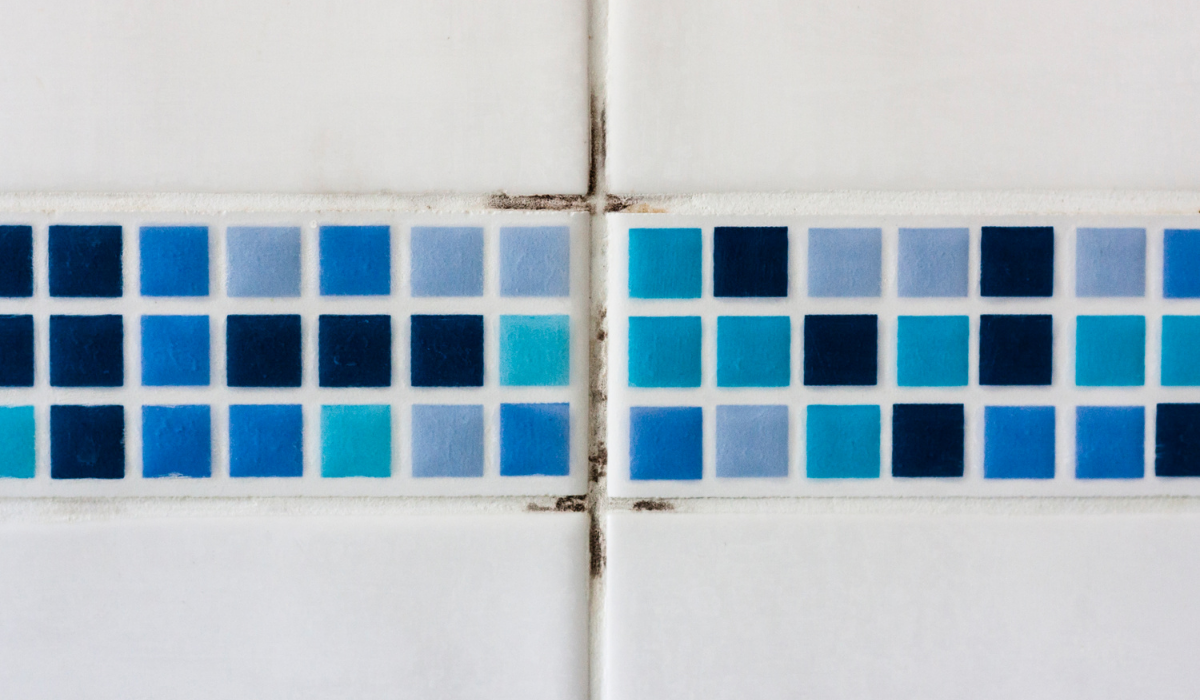
Use anti-mold wallpaper
Using wallpaper is a considered solution to use for moldy, peeling walls, etc., without having to repaint the walls of the house, and save maximum time. With today’s modern technology, wall stickers are very diverse and rich such as wallpaper with breathing holes, decals, etc. However, in some cases, you still cannot apply this method because it will not be possible to achieve the desired effect on:
- Areas often exposed to water such as bathrooms, and toilets
- The walls that are old and leaky and moldy too much
Use anti-mold paint
Many famous paint brands such as Dulux, Jotun, Nippon, and Kova have produced many types of waterproof and anti-mold paints of very good quality to meet the diverse needs of customers.
When the walls of the house are damp, the paint layer is very easy to peel off and mold and yellow stains are very unsightly. Therefore, you need to know how to properly repaint moldy walls.
How to repaint moldy walls simply as follows:
- Step 1: Scrape off the peeling paint and grout.
- Step 2: Clean to remove dirt and use detergents to kill mold on the surface.
- Step 3: Use mortar to treat and seal holes as well as cracks on the surface.
- Step 3: Paint and prime the surface.
- Step 4: Apply waterproof and anti-alkali paint to the entire surface.
- Step 5: Apply 1-2 layers of anti-mold paint on the wall.
Mold Removal Professionals
For heavy mold walls situation, If the wall is wet with moisture, it is necessary to conduct waterproofing and moisture-proofing treatment. Therefore, it is best to contact a mold remediation and water damage restoration company in your area for comprehensive and professional mold removal services. A reliable restoration technician should assist you with insurance claims for your house’s interior damages and provide you with accurate and timely estimates.

